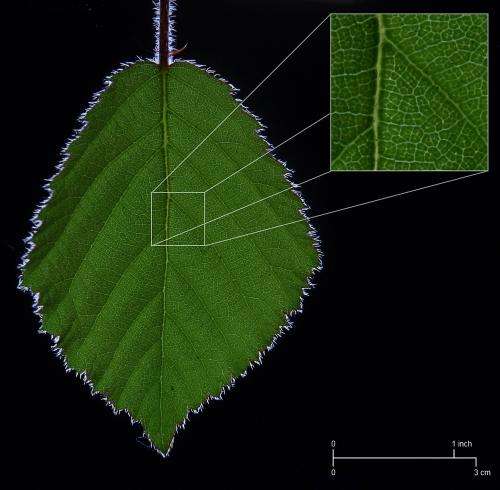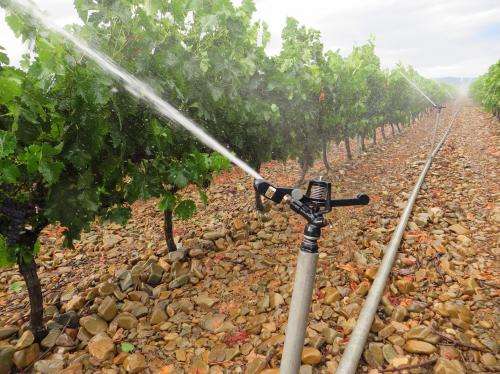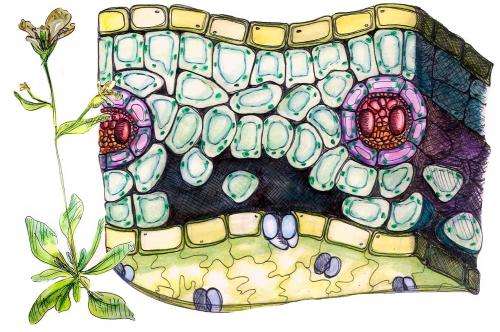Hydraulic architecture in plants towards improving irrigation systems

As with the humans, plants have an elaborate circulatory network that supplies water throughout the cellular structure. The study of this network dates back more than 200 years, although some attribute the early research on the complex process that is now called "plant hydraulic architecture" to Leonardo Da Vinci, and among its various applications, it has helped make vineyard irrigation systems more efficient.
As in people, the circulatory process in plants may become obstructed, for example, strokes that prevent the passage of water until a leaf, branch, or the whole structure dies.
The first researcher to delve into the topic was the Swiss Martin Zimmermann, more than 35 years ago at Harvard University, says Dr. Guillermo Alvarez Angeles, researcher at the Functional Ecology Network, Institute of Ecology, A. C. (INECOL).
Zimmermann was the first physiologist interested in the understanding of the whole mechanism of ascent of water from the roots to the leaves, according to one of the few specialists in the field in Mexico.
The complex piping system starts from the root hairs of fine roots, conducting tubes, connections to the trunk and then each of the branches up to the rib of the leaves. "These tubes, made mainly of cellulose and lignin, are varying diameters, for example, are wider in the roots and reduce their size up to the leaves," says the investigator.
However, the circulatory system of plants also presents problems such as embolism, the formation of air bubbles in the pipelines. When plants breathe quickly, the tension generated in the xylem (carrying liquid plant tissue) is very high; Zimmermann postulated that the formation of bubbles of water in the glasses (measured between 500 and 800 microns in diameter), can cause a stroke, making the product useless and causing wilting of leaves.

Plants breathe more or less according to the temperature and relative humidity, which regulates if the stomata (holes or pores that penetrate the leaf epidermis, to convey the gaseous environment of the interior of the plant with the outside) are open or closed.
"The more open stomata are the greater the loss of water, so the tension generated is much higher and that makes plants susceptible to emboli. Low temperatures also cause embolisms. If the sap is freezing, the air does not dissolve in it, but gets caught. When the ice is melted, the air is released to form larger bubbles.

"Hydraulic architecture helps us understand how vessels are distributed in plants, since they are not continuous from the roots to the leaves and it lets us know if the plant has a chance to survive", said the researcher.
Finally, Dr. Angeles Alvarez says, "In the vineyards, for example, the xylem tension is measured using a device called Scholander bomb. If it exhibits a high voltage, the plants are at risk of embolisms. Then it's time to water the entire vineyard. This also applies to other major crops such as forest plantations".
Provided by Investigación y Desarrollo


















